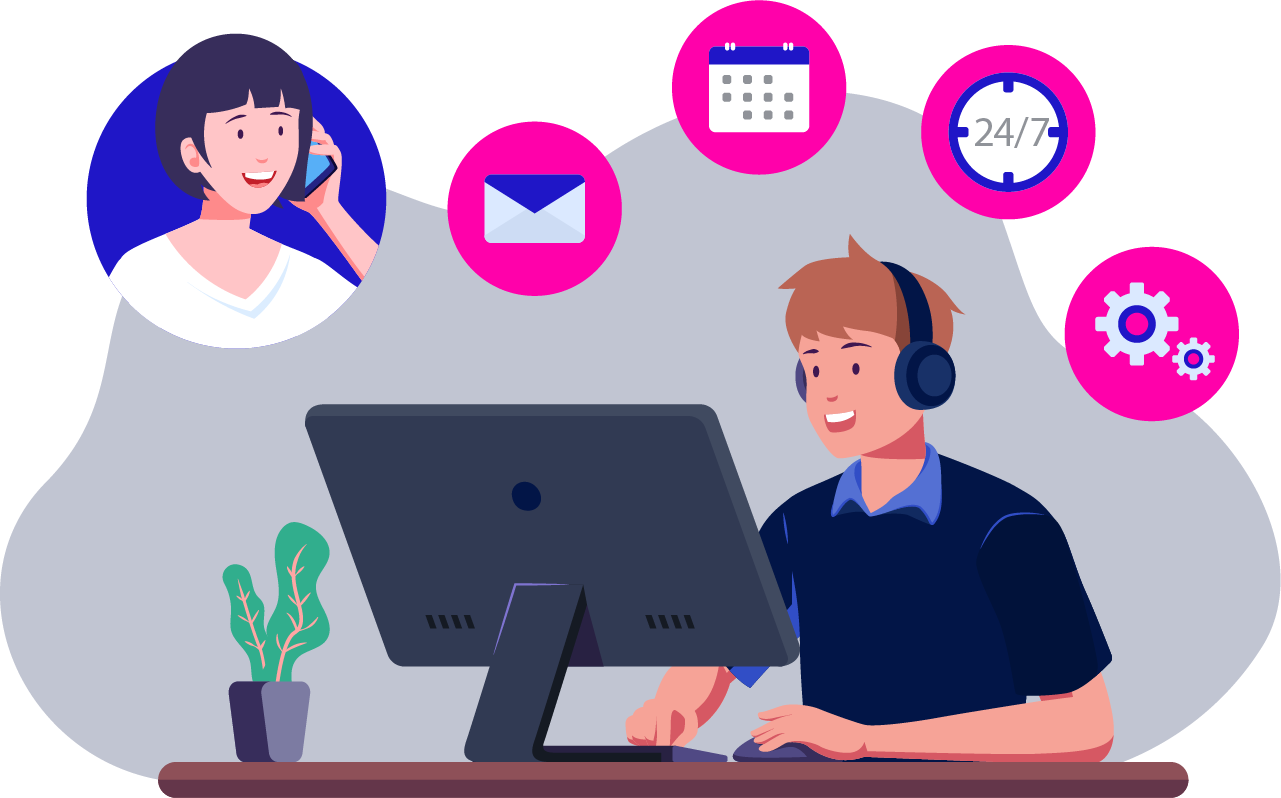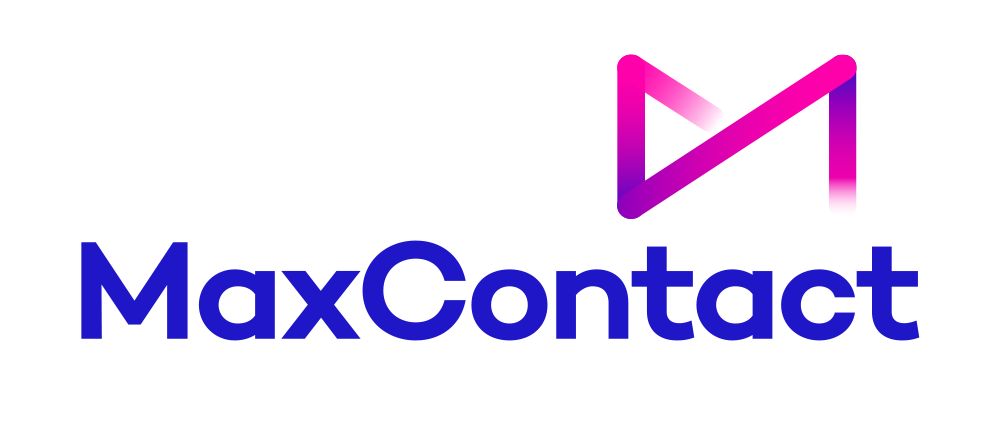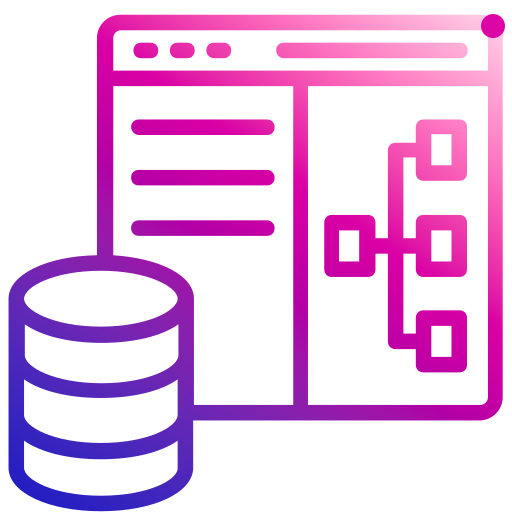Call Centre KPI Benchmarks: The Industry Standards
 Behind the scenes at many companies across many industries, call centres are the engines that drive excellent customer service outcomes. Providing a personalised, one-on-one experience for clients is very important, but staffing all the people needed for such interactions can be a challenge in-house. Call centres deliver the ideal solution—but success is more than just answering the phones and having a helpful conversation.
Behind the scenes at many companies across many industries, call centres are the engines that drive excellent customer service outcomes. Providing a personalised, one-on-one experience for clients is very important, but staffing all the people needed for such interactions can be a challenge in-house. Call centres deliver the ideal solution—but success is more than just answering the phones and having a helpful conversation.
Tackling volume, delivering exceptional customer experiences, and ensuring that the overall experience is a good one demands more than just a vague approach—you need to make sure you have a clear understanding of call centre KPI benchmarks. Unfortunately, many managers don't have the firmest grasp of today's key performance indicators. Knowing what they are and what you should expect to see can make it simpler to chart a path towards a customer service outfit that meets and exceeds expectations.
What Are the Call Centre KPI Standards?
More than half a dozen vital benchmarks have become industry standards within customer support call centres. These standards provide a baseline for understanding an acceptable level of service, what fails to provide customers with good results, and what qualifies as exceptional. Let's look at each of these in turn.
Service Level
"Service level" is a KPI that measures how quickly a call centre can begin to serve a customer. Usually, we express service level as a measurement of which percentage of calls were answered in how many seconds after receipt. Long wait times in phone queues diminish customer satisfaction and can be very frustrating. As a result, the primary standard usually demands that 80% of all calls receive an answer within 20 seconds. Faster call turnarounds, additional staff capacity, and better call routing can all contribute to beating this metric.
Average Abandonment Rate
The abandonment rate, or AAR, refers to the number of callers that disconnect before they speak with an agent. A very high AAR could indicate service quality problems and correlate to a low service level, but a low one shows that your team is quick to help. The abandoned call rate industry standard hovers around 5%, though it can be as high as 8%. Spikes in your AAR related to times of day and year are expected. To get your rate as low as possible, ensure simple menu options and quick call routing.
First Contact Resolution
FCR, or first contact resolution, defines how often a single phone call is all it takes for a customer to reach a satisfactory outcome. A higher FCR indicates more effective customer service from your agents and translates to better consumer sentiments. The industry standard for first-call resolution ranges from 70 to 75%, but measurement methods vary. Instead, categorise call resolutions by call type and subject to measure your effectiveness more accurately. While overall FCR could be lower, targeted FCR could exceed standards. Look at your most essential calls—are you succeeding early and often?
Case Escalations
Not every problem has a solution you can find in one call. If the industry standard for FCR is 70-75%, then the bar for case escalations is about 25-30%. In other words, even if roughly a third of your calls require additional action, your team is still within appropriate boundaries. Ensuring suitable agents receive a call on first contact can help reduce case escalations and improve this KPI.
Quality Analysis Scoring
Are your agents performing to the standards you've set? Quality analysis and scoring shine a light on overall quality. QA scoring requires a random sampling of calls for quality assurance. Grade these calls on script accuracy, customer interactions, call resolution, and other metrics. Standards call for a sample of around four monthly calls and look for a quality score of 75-90%. Better training, improved call support software, and additional sampling can help you exceed expectations.
Average Speed to Answer
How long do callers wait before someone answers once they enter the queue for the call centre? The call centre wait time industry standard averages about 28 seconds per call. Menu efficiency and staff availability have the most significant impact on this metric. Long wait times can drive up abandonment rates and drive down customer satisfaction. If your average time to answer is too high, it might be time to bring in additional staff.
Average Call Duration
Efficiency on the phone matters once an agent and a customer connect. The sooner an agent can resolve a call, the sooner they can take the next one. At the same time, customers prefer a fast and friendly solution. Although handling times vary considerably between industries, the average standard is six minutes from greeting to goodbye. Ensure that staff can rapidly access customer information and make common changes without the need for escalation. The more tools an agent has, the better and quicker they can assist callers.
Start Tracking Your Call Centre Metrics With Max Contact
By matching your call centre metrics to industry standards, your teams can drive towards better customer outcomes, improved relations for the business, and other vital benefits. Understanding call centre KPI standards is only one part of the process, though—primarily when you identify lapses and poor performance in one or more categories.
With Max Contact, you can completely control your call centre operations and enhance them to be as efficient as possible. Find out today how we can help you begin to measure and analyse your performance on the phones—and see how you can improve to the next level.
.png)
From the blog






